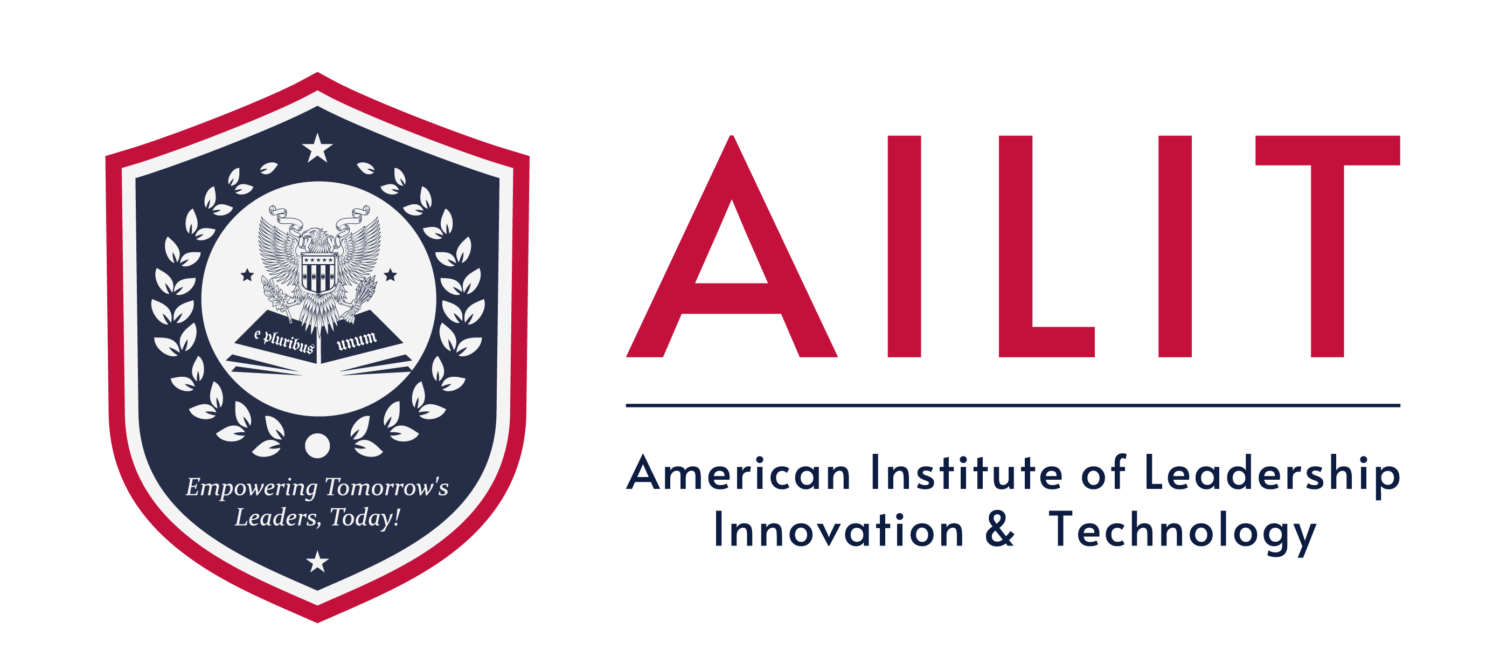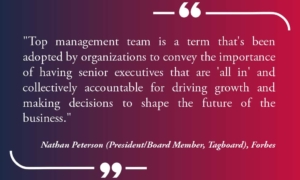It would seem obvious to state that an executive leadership team is a group of high-performing individuals gathered at the top management board to run the enterprise. But things aren’t always that simple. And – especially in times of trouble – companies need a clear definition of what executive leadership is and its core roles and responsibilities.
What’s worse, we all like to think that there isn’t a simpler thing in the world than defining a business’s top management.
But even CEOs and executives aren’t sure how to describe the primary responsibilities of the highest leadership. In an attempt to outline boundaries surrounding the definition, a recent Forbes round-up interviewed 33 board And C-level leaders.
As informative as the insights were, their answers varied greatly. Some emphasized organization, others strategic focus. Some insisted on oversight, others on delegation. And so on.
In what follows, we’ll try to get to the bottom of it by systemizing the roles of an executive leadership team into 3 main categories and explaining its effects on the entire enterprise.
But first, we’ll have to understand who is on the executive board and how the members get unified in a team that runs the company.
Let’s dive in.
What is an Executive Leadership Team?
The executive leadership team consists of highly skilled individuals that usually have significant prior operating experience and report to the top leader (CEO). Once they are gathered as a team, all members’ functional areas should find a way to work together to fulfill the primary purpose of every business leadership – to navigate the functioning of the enterprise.
In other words, a team of executives is much more than just a simple group of people with diverse technical expertise. To devise and carry out the corporate strategy, they must become unified partners that mobilize each other and share the same collective approach, applied even to trivial daily tasks.
Simply put, an effective executive leadership team isn’t just another team in the company. A group of experts must find a way to share the same growth mindset and adhere to the “big picture” daily.
“When you’re in the “C-Suite,” it means defining your employees’ “why” every day, aka the company mission,” summarized Shindy Chen (CEO, Scribe) for Forbes.
In short, essential characteristics of executive management are:
- Strong team interaction
- Diversity of high-performing expertises
- Collective approach
- Strategic focus
- Ability to make unified decisions
- Transparency and problem-solving
3 Key Roles And Responsibilities of an Executive Management Team
Once we define the company management and what it actually does, it’s much easier to outline its main roles and responsibilities. We systemized them into three main categories but strongly suggest that you carefully read beyond subtitles because each responsibility is intertwined with many roles, duties, and nuances.
Also, take note that the following functions and duties of an executive leadership team are applicable across various business types, sizes, and organizations. So, theoretically, even if an executive board has one member only – it would still have the same obligations towards the company.
#1 Accountability
Because an executive leadership team makes informed decisions for the company’s welfare, it’s only natural to expect these top experts will be held accountable for the results. Therefore, when an organization has a highly effective team at the top, the decisions and the related responsibilities are shared, meaning that they emanate from mutual consent, after a transparent conversation, and including multiple viewpoints.
That’s why the highest leadership at the top is usually devised of senior experts with years of experience in their functional areas and are versed in applying the technical knowledge to solve broader enterprise issues. Thus, a typical running board will have multiple C-level professionals (CEO, CFO, COO, CTO, CMO, etc.) who have exceptional “know-how” in finance, marketing, sales, technology, operations, product management, human resources, and law.
At the end of the day, decisions that set the company’s direction are – or should be – the intersection of various perspectives and their related application in the enterprise setting. Only then will “accountability” and “responsibility” mean sharing the credit for success. Any way around will entail portioning the blame or scanning the team for “the weakest link.”
Of course, there are other teams in the enterprise that are responsible for implementing the strategic decisions.
In a typically structured company, members of an executive leadership team delegate and oversee the fulfillment of the set goals and react if operations take the wrong turn in any way.
But that doesn’t mean the sole role of the company’s management is inspection and supervision, as many wrongfully assume.
Doug Anderson, Founder/Sr. Operations Consultant, FPC of Dallas, summarized this best for Forbes:
“What it is not [highest executives’ job]: It is NOT day-to-day managing of tasks and large numbers of direct reports. Top management must learn the art of delegation and empowering their direct reports to free up TMT’s time to properly evaluate and guide the tenants of the company.”
#2 Enterprise’s Strategic Focus
The majority of the CEOs Forbes interviewed based their definition of executive leadership using words such as strategy, vision, mission, unified purpose, and alike. It means that the core role of the leading team is to define the path an organization will pursue and make decisions that will correspond to this overarching vision.
Although painting a company’s “big picture” might sound like a huge undertaking, it actually implies having to make “smaller” business judgments along the way. Of course, a vision is the most critical part of a company’s functioning, but it shouldn’t overshadow the day-to-day operating nuances.
In other words, the executive leadership team has to balance the needs of the employees, stakeholders, and customers. Therefore, their core question isn’t just “Where do we want the organization in 20 years?” but also “What pricing model should we introduce today?” or “Should we try entering a new market now?”.
Furthermore, being responsible for the corporation’s future also means taking the role of its guardian and protecting it from harmful decisions. For example, if a particular business strategy is good in itself but not aligned with the backbone strategy of the enterprise, it can actually become a threat.
In simple words, not every good business deal is meant to be glued to a company’s strategy. And the executive leadership team must interpret every decision they make in accordance with the predefined purpose.
As Ramesh Ramani, Co-Founder/CEO, ExpertusOne, tellingly concluded for Forbes: “The top management team has their day-to-day functions, but a key part of their role is to recognize the difference between opportunities and threats.”
#3 Functioning Model
It is simple as that: a company’s alignment across sectors and departments depends on the alignment of the executive leadership team. If the executive board members are disorganized, so will be the rest of the company’s teams. If they nurture trust and dialogue, the culture of mutual understanding will likely flourish in all departments.
In a word, the top management team is responsible for the company’s culture. The relations that are nurtured between its members will be mirrored down the enterprise’s hierarchical ladder.
That’s why focusing on big strategic decisions doesn’t even begin to describe the purpose of the executive leadership team. To be highly effective, the top managers must embrace a shared growth mindset and realize that everything they do will affect the entirety of the corporate ecosystem.
If it seems that the “functioning model” responsibility is the hardest on our list, it’s because it is. It implies constant self-questioning, self-judging, and seeing things from multiple viewpoints. The executive leadership team must incessantly contextualize its actions and review their impact.
If it fails to do so, its own flaws will come back like a boomerang and harm the organization.
Here is Mark Layton again, brilliantly aiming at the heart of the matter:
“Effective TMT exude integrity and transparency, resulting in organizations that are unified around the mission. Top TMT’s our conscience that they are in the seat to SERVE the organization, and that the organization does not exist to SERVE them.”
Secret Ingredient of Every Strong Leadership Team
As every CEO mentioned here emphasized one way or another – simply labeling a group of professionals as an “executive leadership team” won’t cut it.
With its roles and responsibilities being the backbone of an organization, the team has to be carefully designed if it wants to run a successful enterprise. It must be glued together with mutual trust and shared purpose.
To learn more about how executive leaders are made, contact us today or download our brochure.










